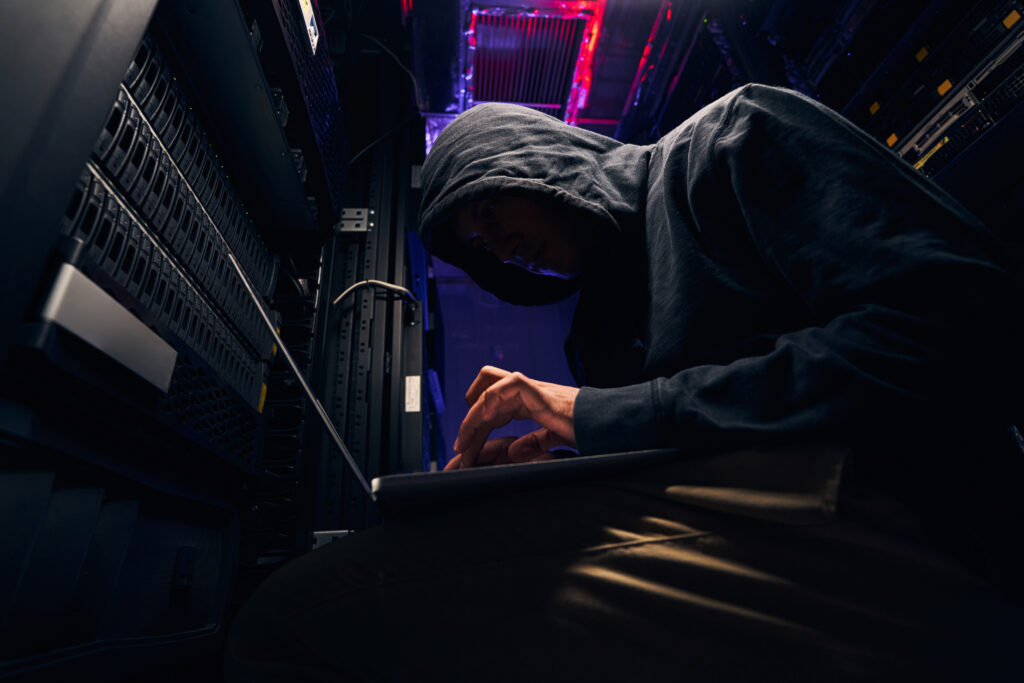The COVID-19 pandemic has brought about a significant shift to remote work for many organizations around the world. While remote work has many benefits, such as increased flexibility and reduced costs, it has also created new security challenges for organizations. As more employees work from home, security officers must adapt and implement new strategies to protect remote workplaces from cyber threats.

The threat landscape for organizations has significantly changed due to remote work. With employees accessing company systems and data from their personal devices and home networks, organizations face increased risks of data breaches, cyberattacks, and other security incidents. Security officers must take steps to protect remote workplaces from these threats.
One of the unique challenges of remote work is the lack of control over employees’ personal devices and home networks. Unlike office-based employees who work on company-owned devices connected to secure networks, remote workers use their own devices and networks to access company systems and data. This creates a significant risk of data breaches and cyberattacks.
To mitigate these risks, security officers must implement appropriate security controls. Here are some strategies that organizations can use to protect their remote workplaces:
- Conduct Regular Security Assessments: Regular security assessments of remote workplaces are crucial to identifying vulnerabilities and taking appropriate actions to mitigate them. Security officers must identify and assess risks associated with remote work, including the use of personal devices and home networks.
- Provide Adequate Security Training for Remote Workers: Security officers must provide security training to remote workers, including topics such as password hygiene, phishing scams, and safe browsing practices. This will help remote workers understand the risks and take appropriate actions to protect company systems and data.
- Implement Multi-Factor Authentication (MFA): MFA is a critical security control that helps protect remote workplaces from cyber threats. Security officers must implement MFA to ensure that only authorized users can access company data and systems.
- Monitor Remote Access: Security officers must monitor remote access to company systems and data to detect and respond to security incidents in a timely manner. This monitoring should include activity logs, endpoint detection, and other security monitoring tools.
- Implement Regular Software Updates and Patches: Regular updates and patches to software are crucial to protecting remote workplaces from known security vulnerabilities. Security officers must implement policies that require regular updates and patches to ensure that systems are protected against the latest threats.
- Focus on a Multi-Layered Security Approach: While perimeter defenses such as firewalls and VPNs are important, they are not enough to protect against all cyber threats. Security officers must also implement other security controls such as endpoint protection, intrusion detection, and data encryption.
- Enforce Strong Password Management: Weak passwords are a leading cause of security breaches. Security officers must implement strong password policies that require employees to use complex passwords and change them regularly.
- Have an Incident Response Plan in Place: Even with the best security measures in place, incidents can still occur. Security officers must have a plan in place to respond to security incidents and minimize their impact on remote workplaces.

In conclusion, the shift to remote work has presented new security challenges for organizations, and security officers must be proactive in addressing these challenges. By implementing appropriate security measures and strategies, organizations can protect their remote workplaces from cyber threats and ensure the safety of their data and systems.